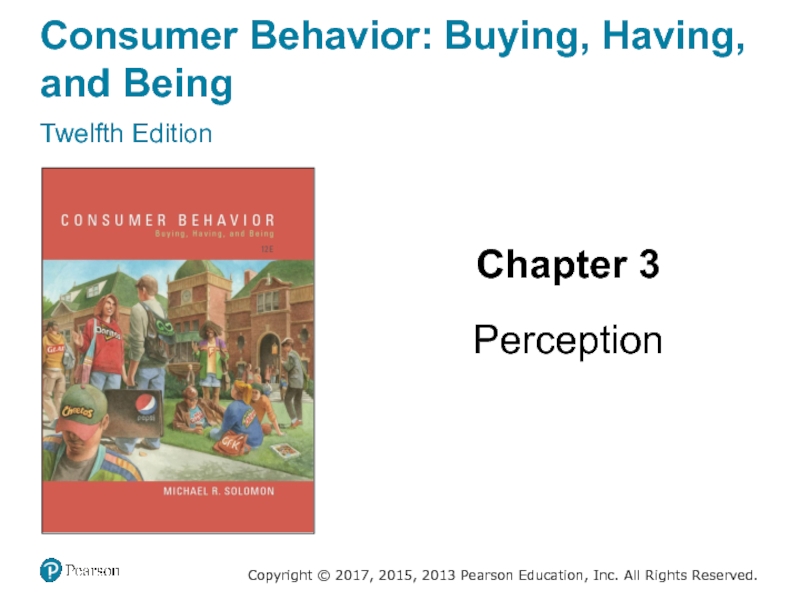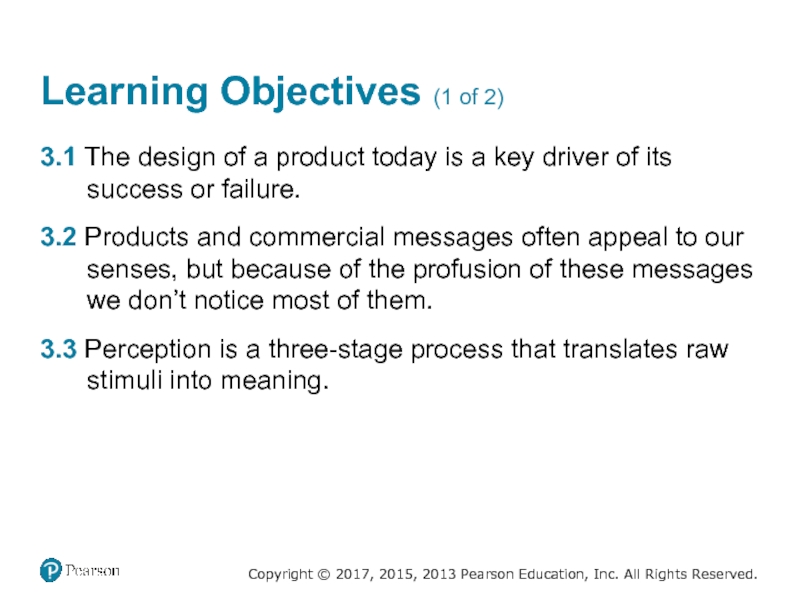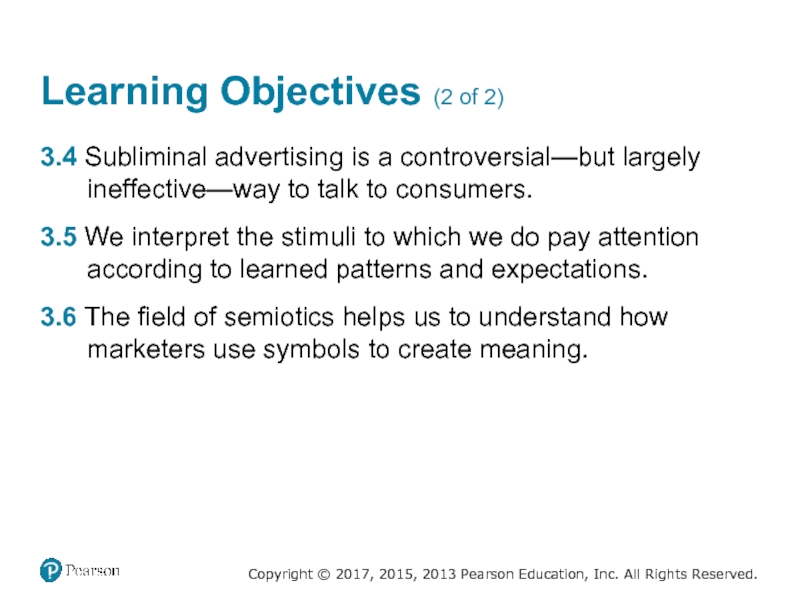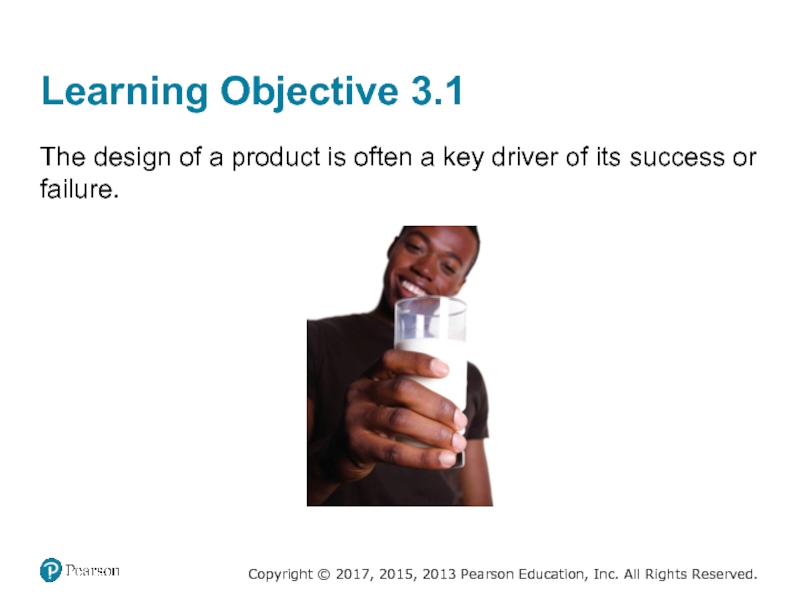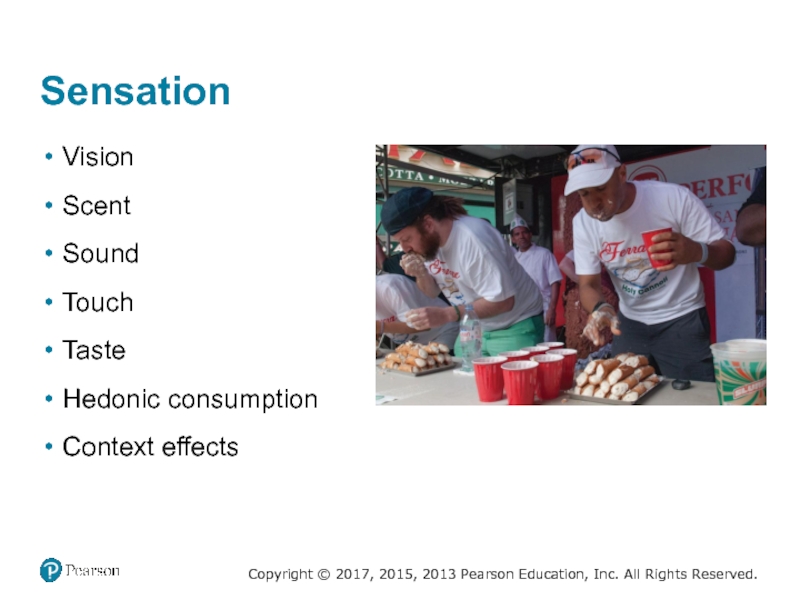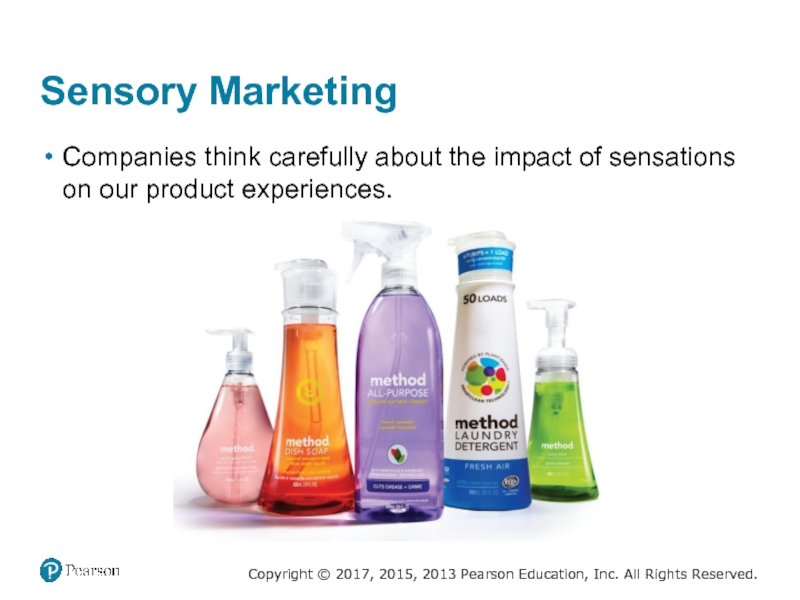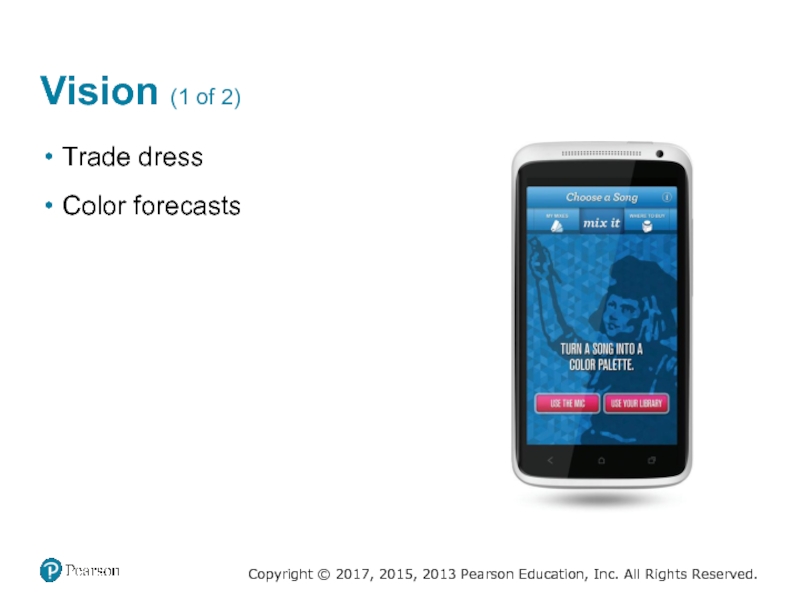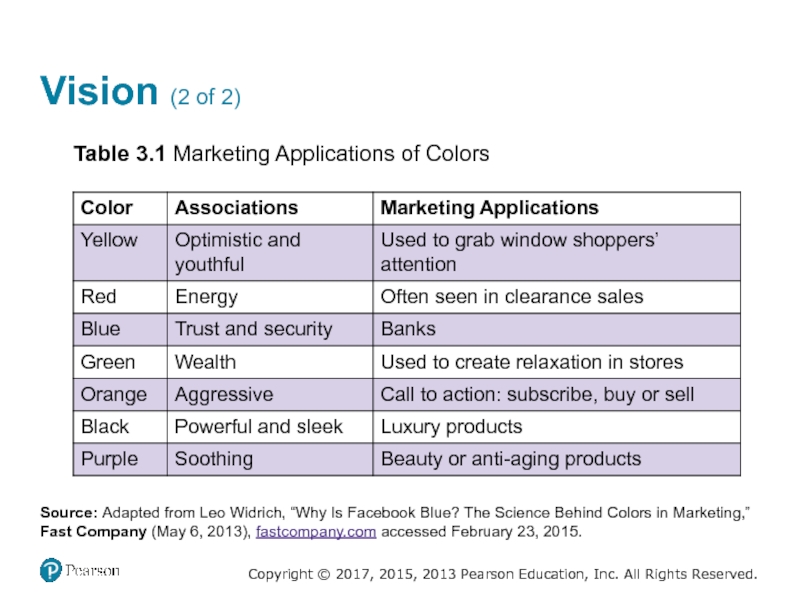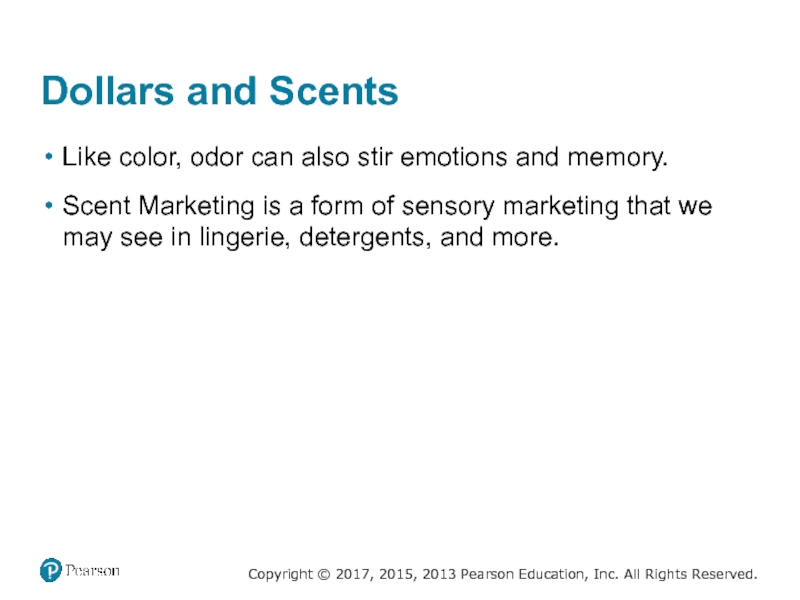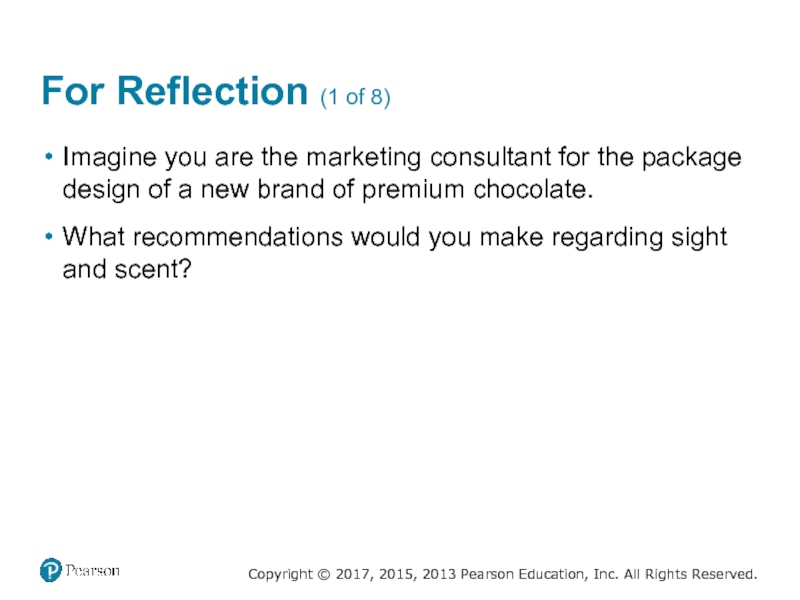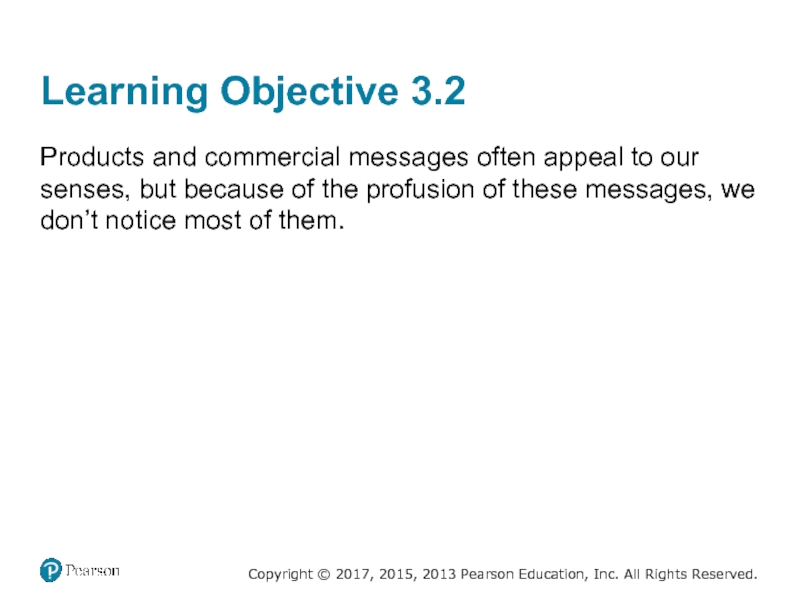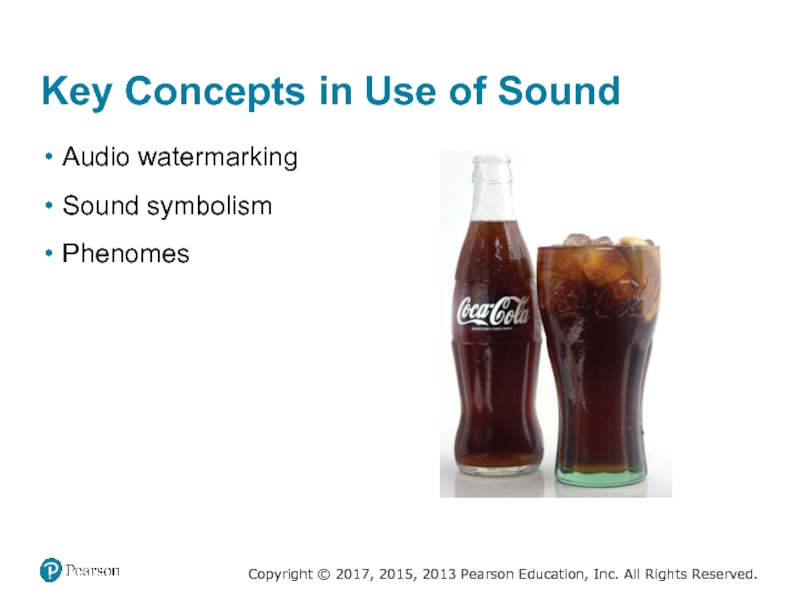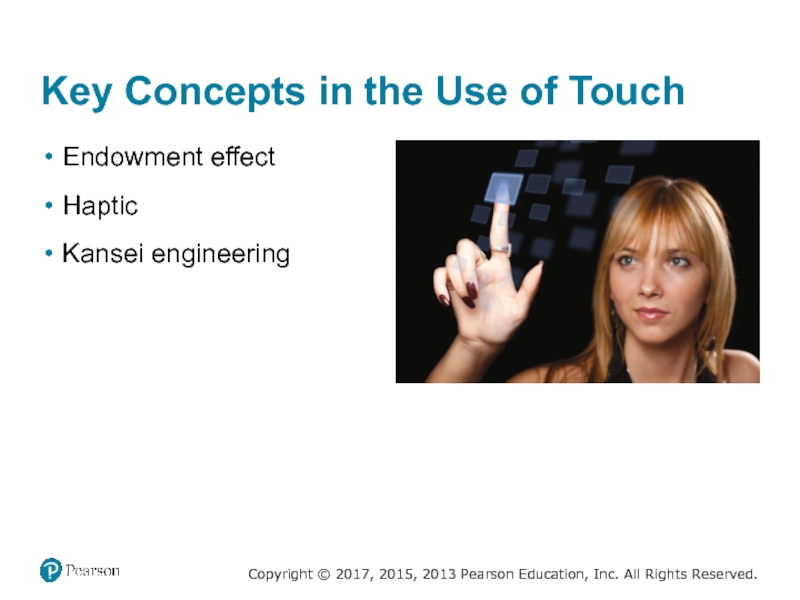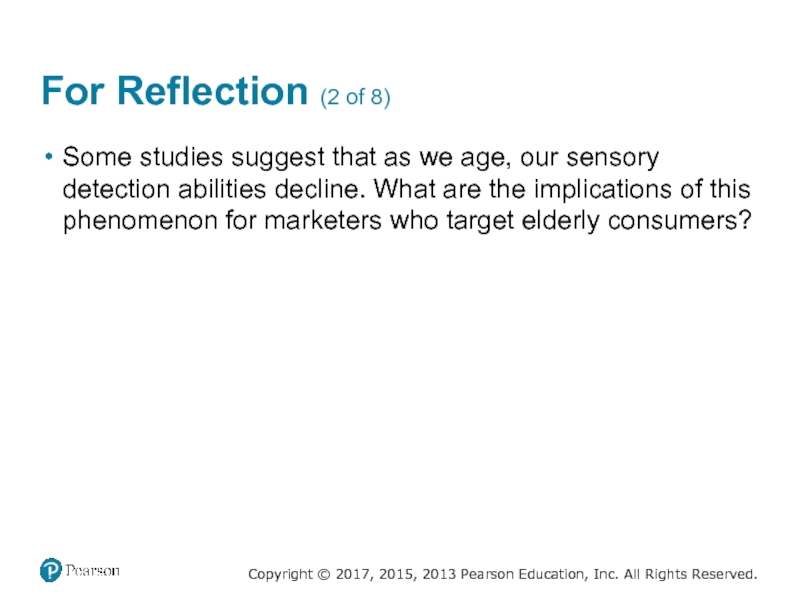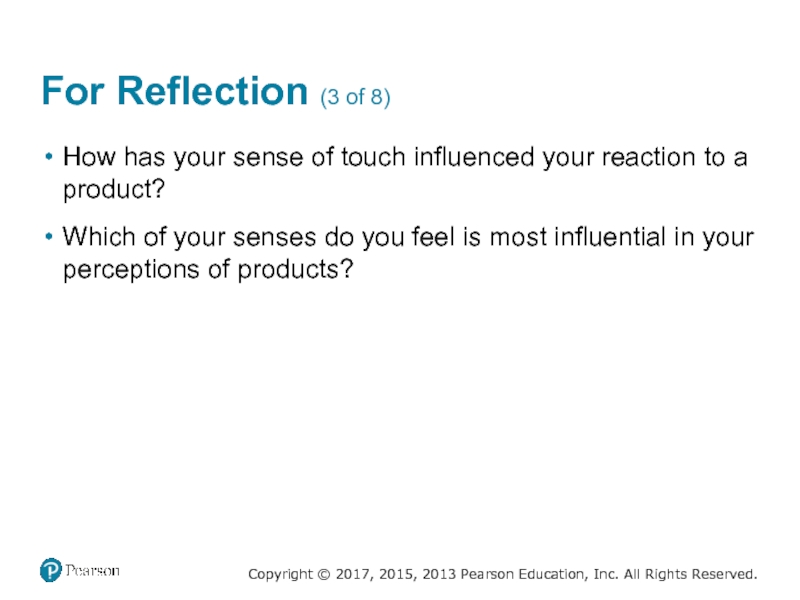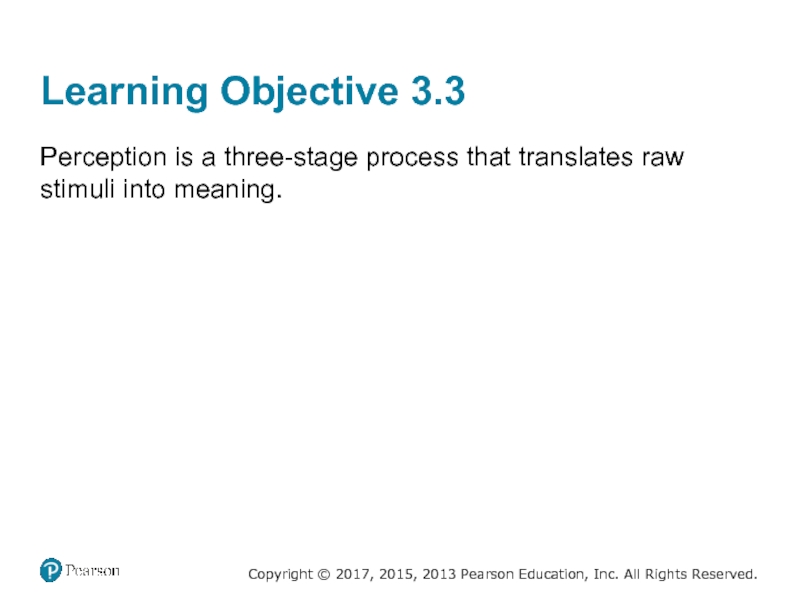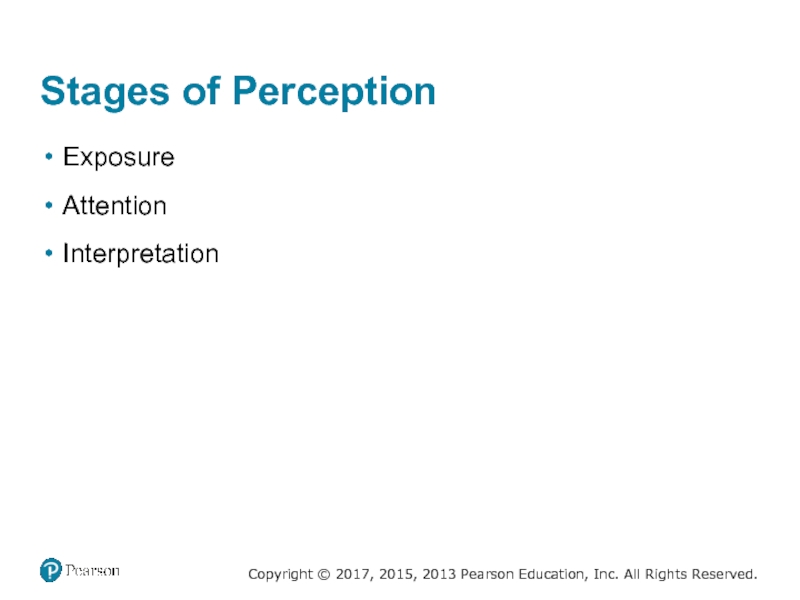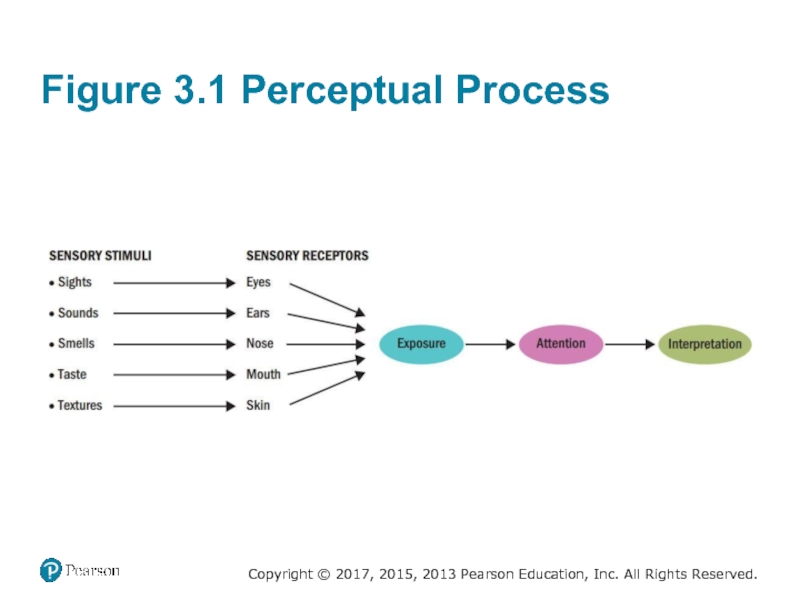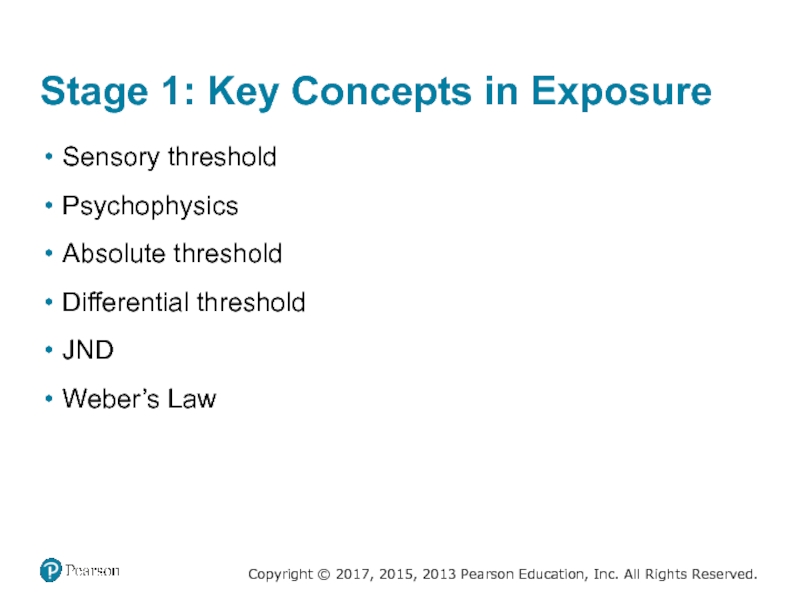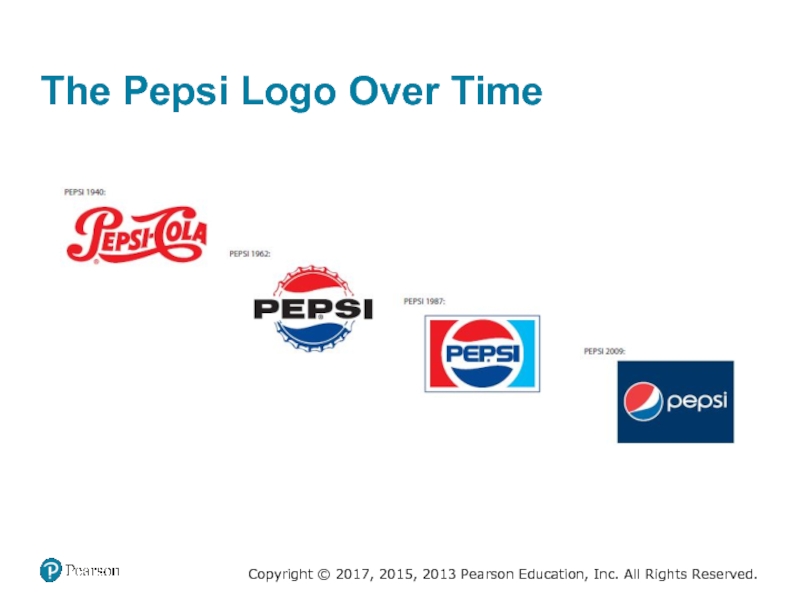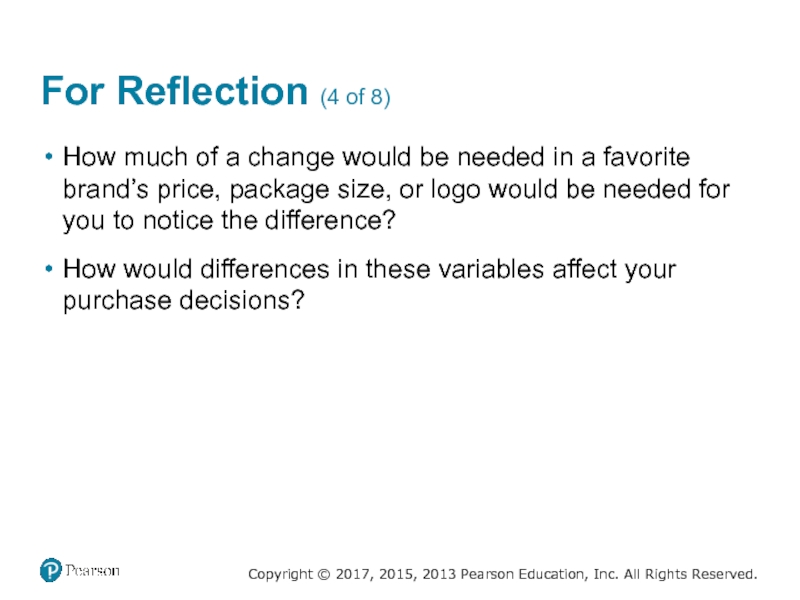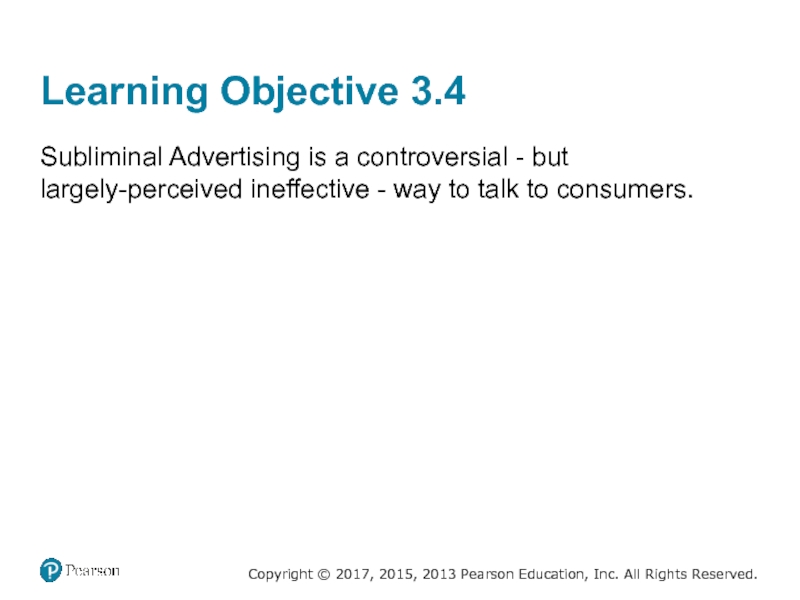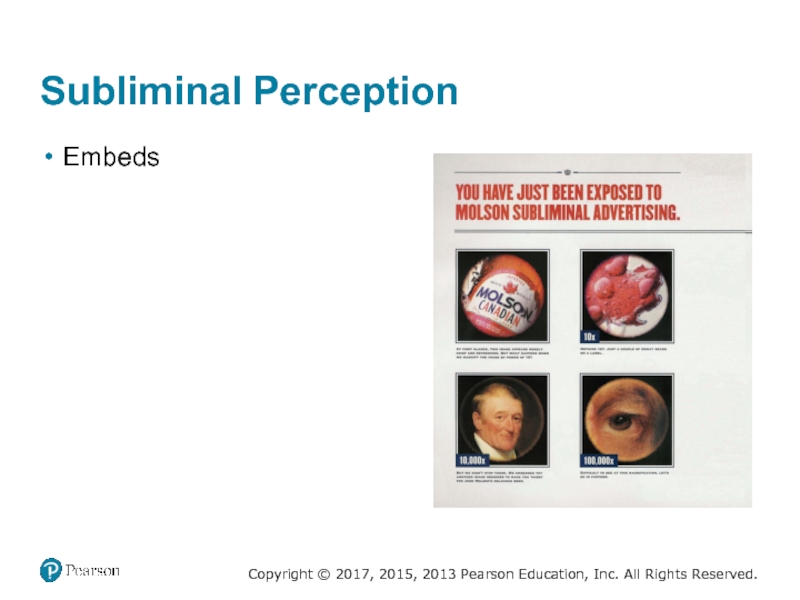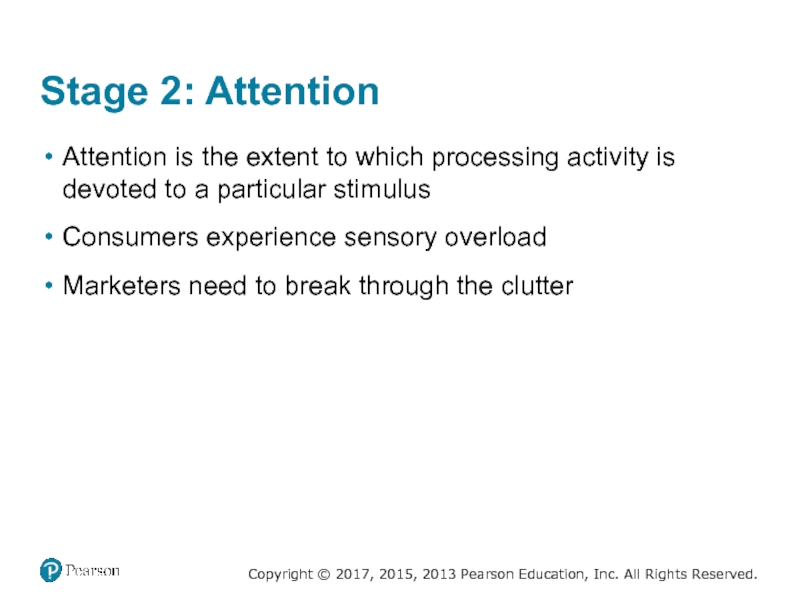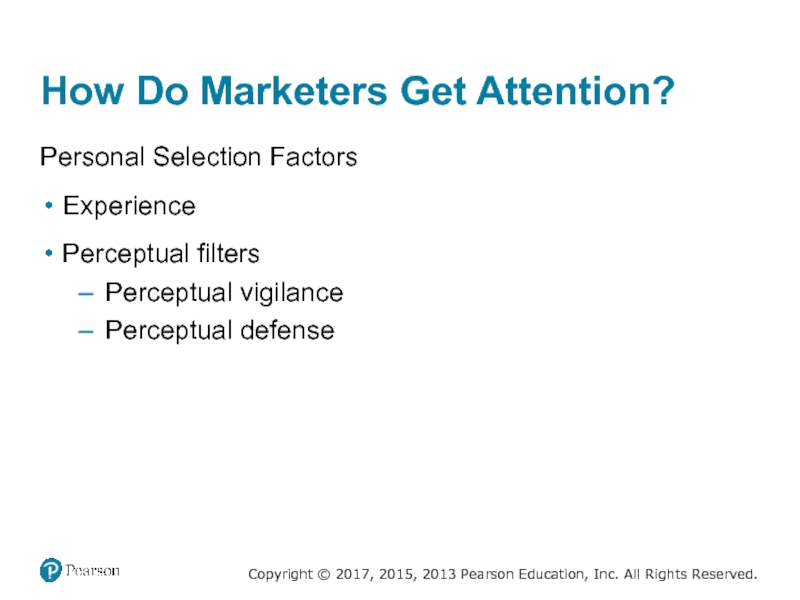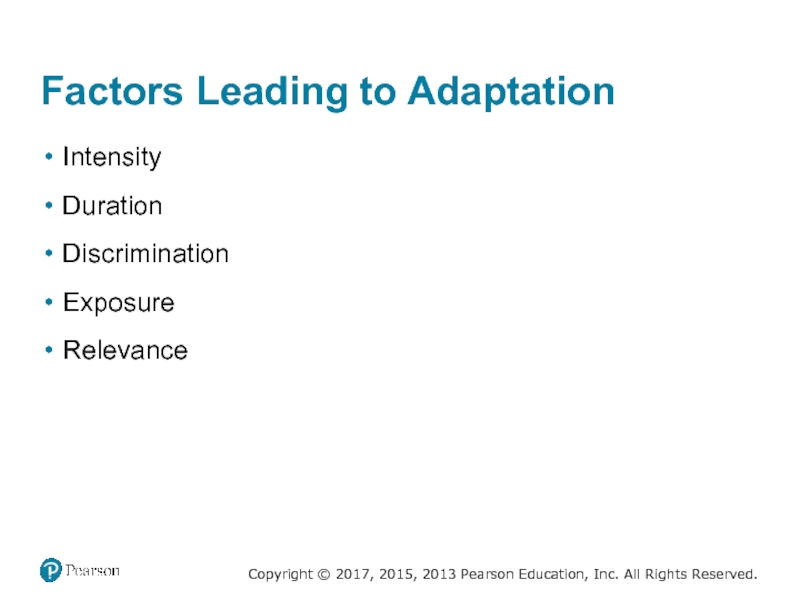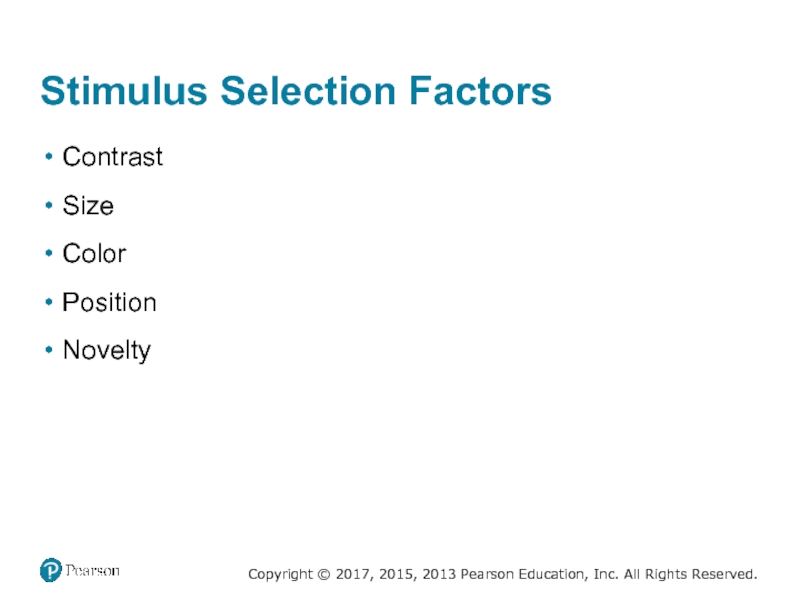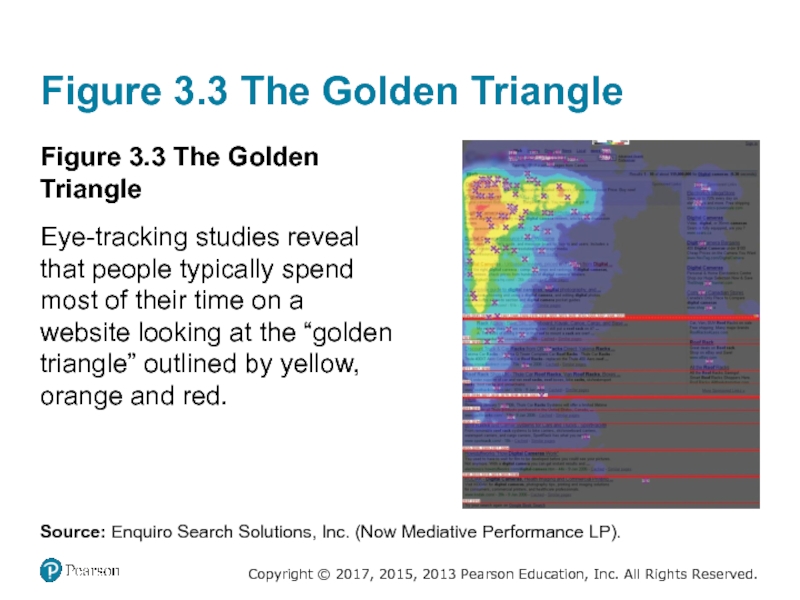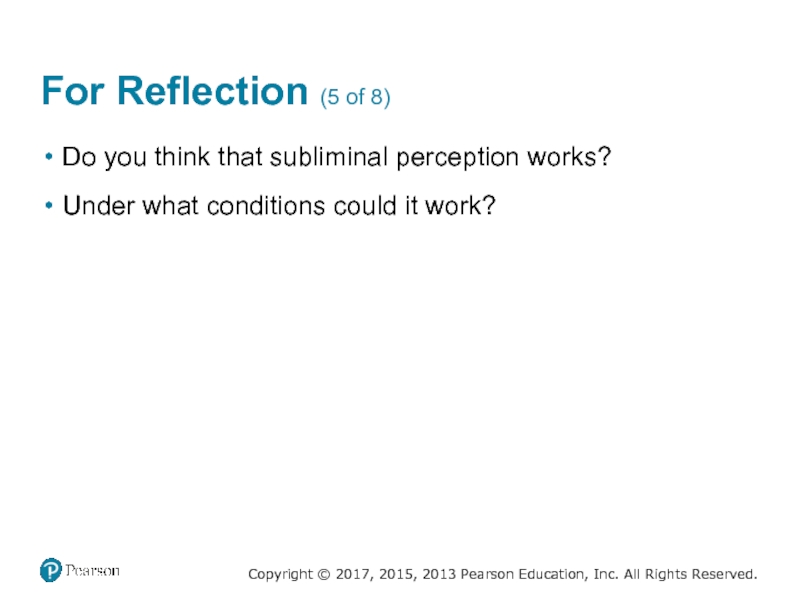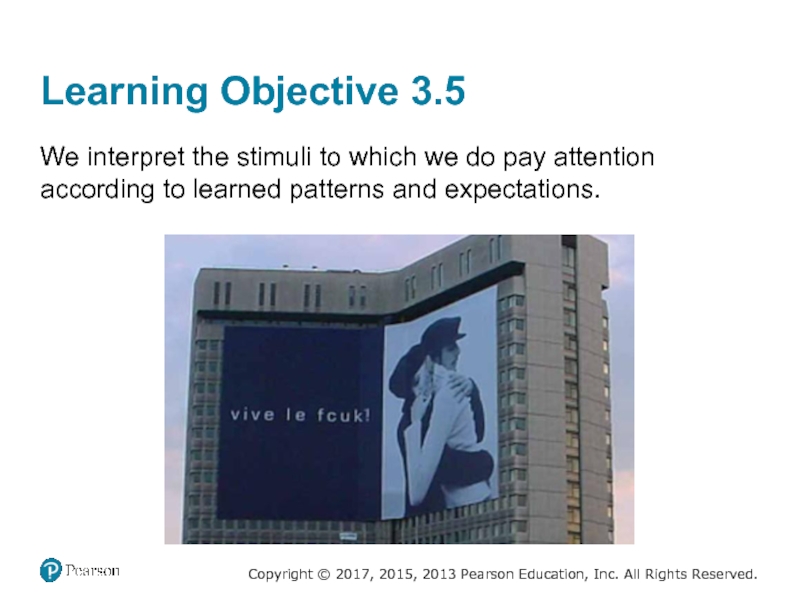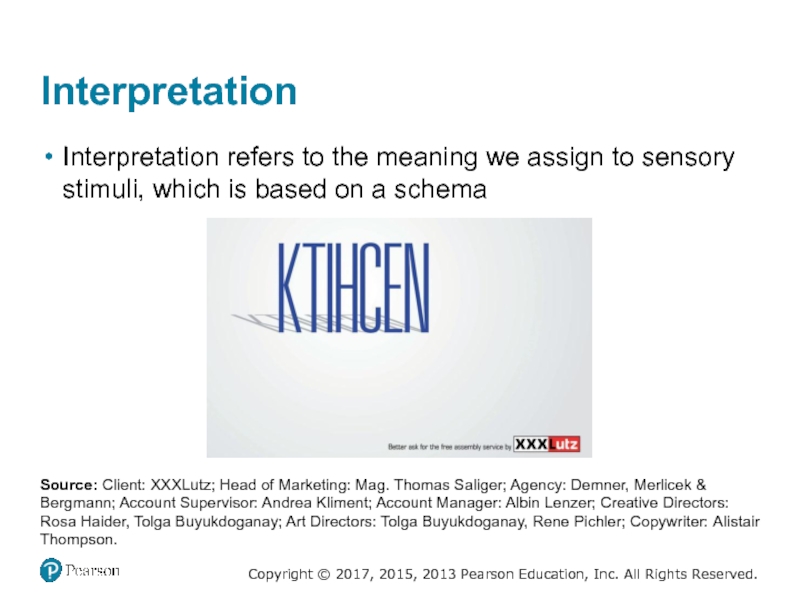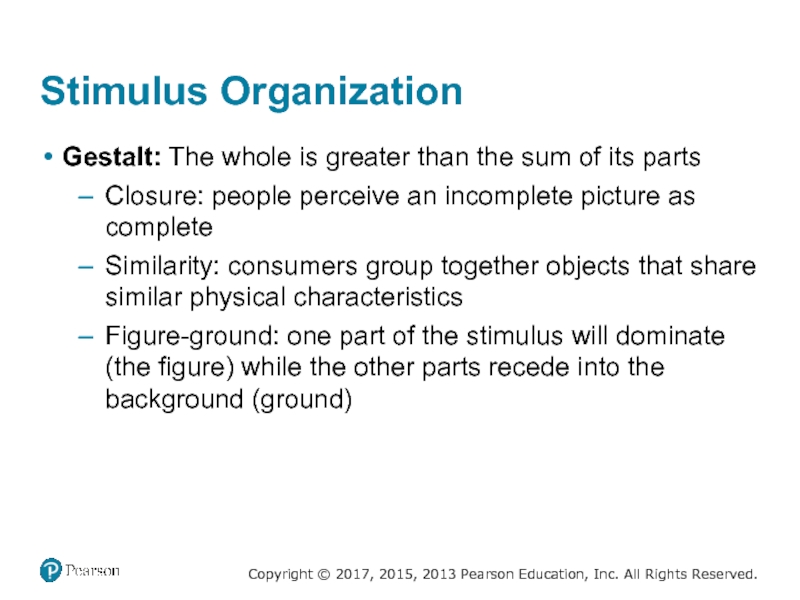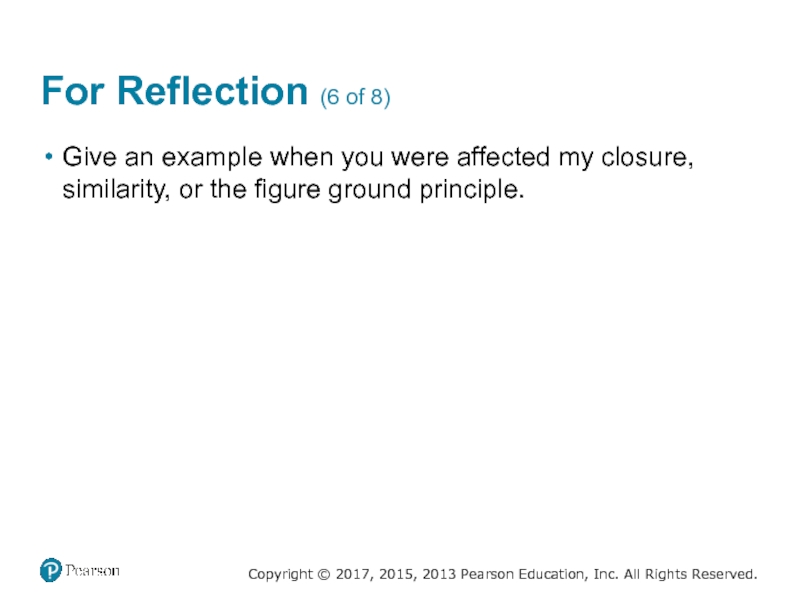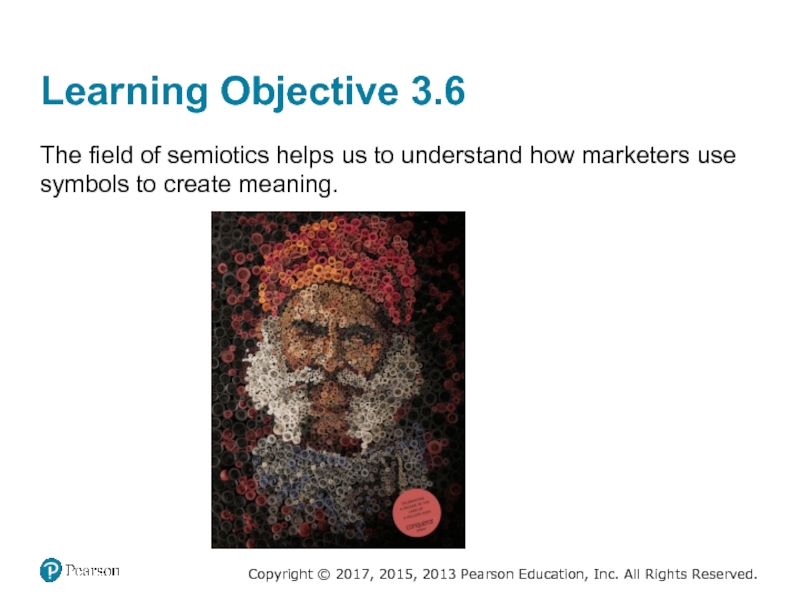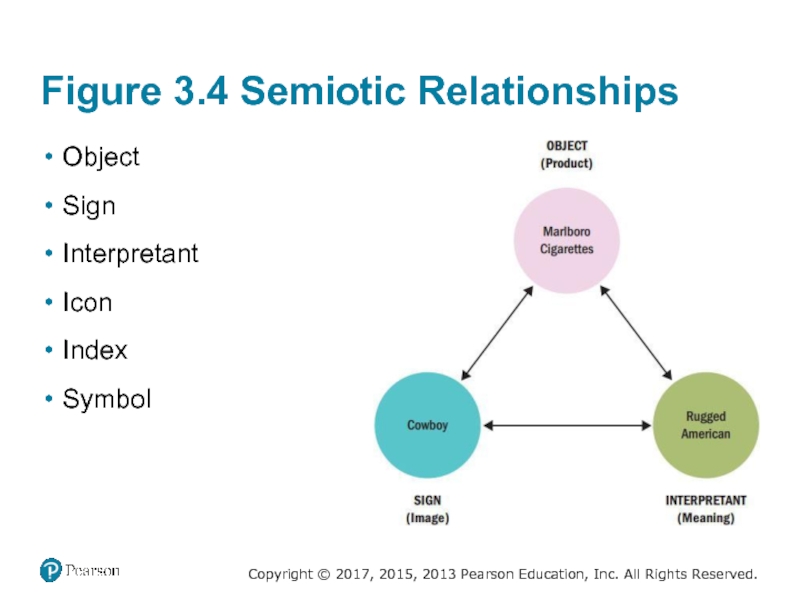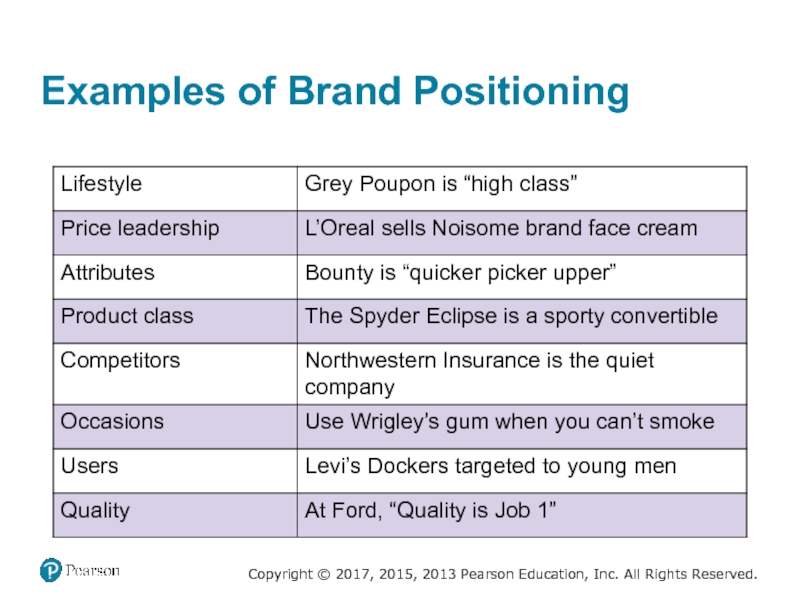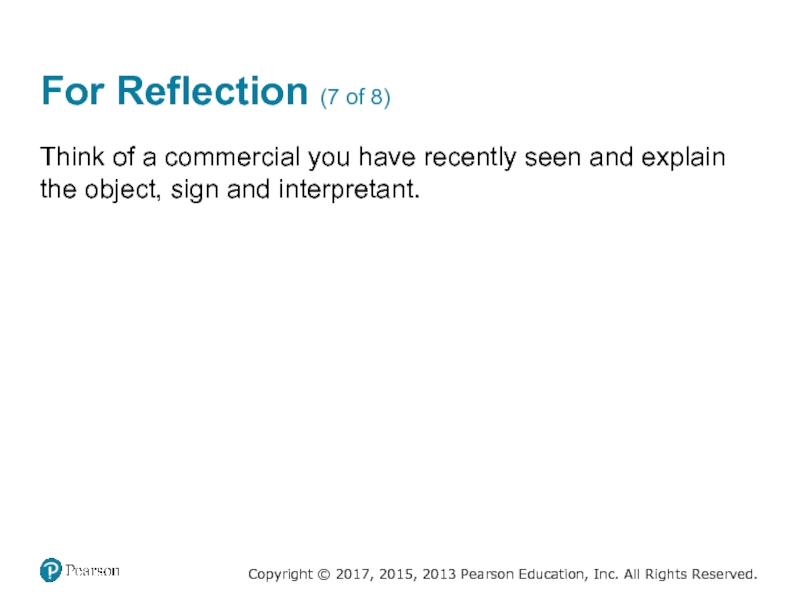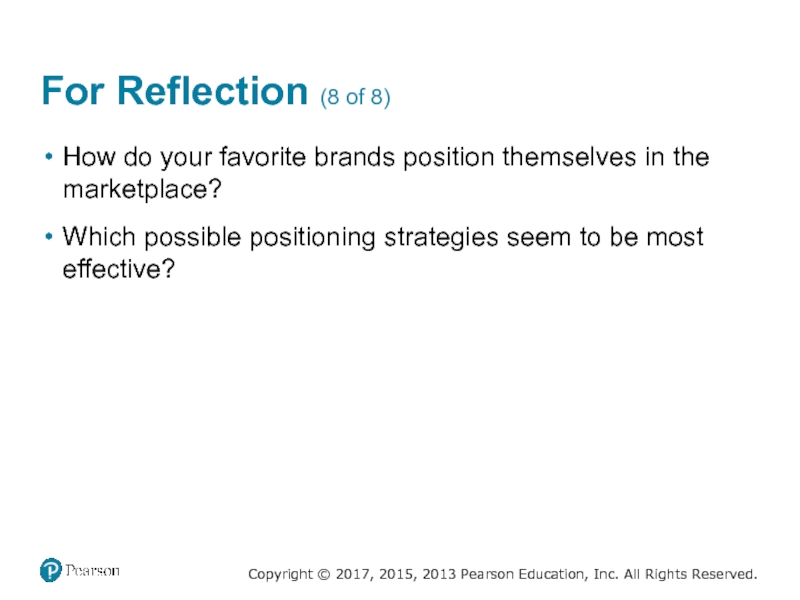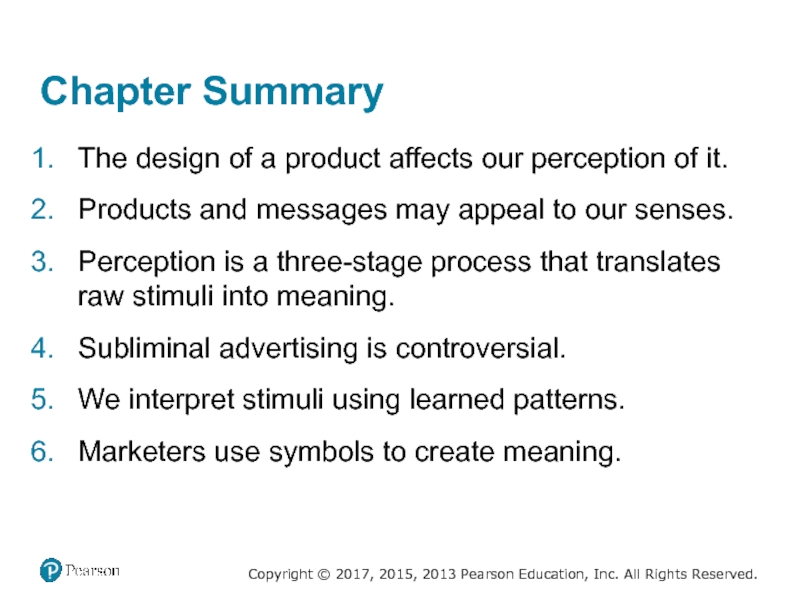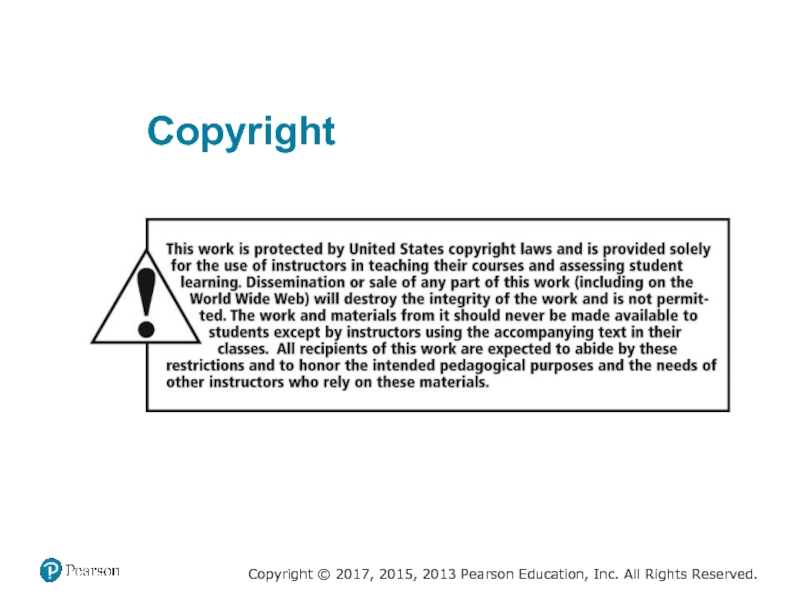- Главная
- Разное
- Дизайн
- Бизнес и предпринимательство
- Аналитика
- Образование
- Развлечения
- Красота и здоровье
- Финансы
- Государство
- Путешествия
- Спорт
- Недвижимость
- Армия
- Графика
- Культурология
- Еда и кулинария
- Лингвистика
- Английский язык
- Астрономия
- Алгебра
- Биология
- География
- Детские презентации
- Информатика
- История
- Литература
- Маркетинг
- Математика
- Медицина
- Менеджмент
- Музыка
- МХК
- Немецкий язык
- ОБЖ
- Обществознание
- Окружающий мир
- Педагогика
- Русский язык
- Технология
- Физика
- Философия
- Химия
- Шаблоны, картинки для презентаций
- Экология
- Экономика
- Юриспруденция
Consumer Behavior: Buying, Having, and Being презентация
Содержание
- 1. Consumer Behavior: Buying, Having, and Being
- 2. Learning Objectives (1 of 2) 3.1 The
- 3. Learning Objectives (2 of 2) 3.4 Subliminal
- 4. Learning Objective 3.1 The design of a
- 5. Sensation Vision Scent Sound Touch Taste Hedonic consumption Context effects
- 6. Sensory Marketing Companies think carefully about the impact of sensations on our product experiences.
- 7. Vision (1 of 2) Trade dress Color forecasts
- 8. Vision (2 of 2) Table 3.1 Marketing
- 9. Dollars and Scents Like color, odor can
- 10. For Reflection (1 of 8) Imagine you
- 11. Learning Objective 3.2 Products and commercial messages
- 12. Key Concepts in Use of Sound Audio watermarking Sound symbolism Phenomes
- 13. Key Concepts in the Use of Touch Endowment effect Haptic Kansei engineering
- 14. Some studies suggest that as we age,
- 15. How has your sense of touch influenced
- 16. Learning Objective 3.3 Perception is a three-stage process that translates raw stimuli into meaning.
- 17. Stages of Perception Exposure Attention Interpretation
- 18. Figure 3.1 Perceptual Process
- 19. Stage 1: Key Concepts in Exposure Sensory
- 20. The Pepsi Logo Over Time
- 21. How much of a change would be
- 22. Learning Objective 3.4 Subliminal Advertising is a
- 23. Subliminal Perception Embeds
- 24. Stage 2: Attention Attention is the extent
- 25. How Do Marketers Get Attention? Personal Selection Factors Experience Perceptual filters Perceptual vigilance Perceptual defense
- 26. Factors Leading to Adaptation Intensity Duration Discrimination Exposure Relevance
- 27. Stimulus Selection Factors Contrast Size Color Position Novelty
- 28. Figure 3.3 The Golden Triangle Figure 3.3
- 29. Do you think that subliminal perception works?
- 30. Learning Objective 3.5 We interpret the stimuli
- 31. Interpretation Interpretation refers to the meaning we
- 32. Stimulus Organization Gestalt: The whole is greater
- 33. Give an example when you were affected
- 34. Learning Objective 3.6 The field of
- 35. Figure 3.4 Semiotic Relationships Object Sign Interpretant Icon Index Symbol
- 36. Examples of Brand Positioning
- 37. Think of a commercial you have recently
- 38. How do your favorite brands position themselves
- 39. Chapter Summary The design of a product
- 40. Copyright
Слайд 1Consumer Behavior: Buying, Having, and Being
Twelfth Edition
Chapter 3
Perception
Copyright © 2017, 2015,
Слайд 2Learning Objectives (1 of 2)
3.1 The design of a product today
3.2 Products and commercial messages often appeal to our senses, but because of the profusion of these messages we don’t notice most of them.
3.3 Perception is a three-stage process that translates raw stimuli into meaning.
Слайд 3Learning Objectives (2 of 2)
3.4 Subliminal advertising is a controversial—but largely
3.5 We interpret the stimuli to which we do pay attention according to learned patterns and expectations.
3.6 The field of semiotics helps us to understand how marketers use symbols to create meaning.
Слайд 4Learning Objective 3.1
The design of a product is often a key
Слайд 6Sensory Marketing
Companies think carefully about the impact of sensations on our
Слайд 8Vision (2 of 2)
Table 3.1 Marketing Applications of Colors
Source: Adapted from
Слайд 9Dollars and Scents
Like color, odor can also stir emotions and memory.
Scent Marketing is a form of sensory marketing that we may see in lingerie, detergents, and more.
Слайд 10For Reflection (1 of 8)
Imagine you are the marketing consultant for
What recommendations would you make regarding sight and scent?
Слайд 11Learning Objective 3.2
Products and commercial messages often appeal to our senses,
Слайд 14Some studies suggest that as we age, our sensory detection abilities
For Reflection (2 of 8)
Слайд 15How has your sense of touch influenced your reaction to a
Which of your senses do you feel is most influential in your perceptions of products?
For Reflection (3 of 8)
Слайд 16Learning Objective 3.3
Perception is a three-stage process that translates raw stimuli
Слайд 19Stage 1: Key Concepts in Exposure
Sensory threshold
Psychophysics
Absolute threshold
Differential threshold
JND
Weber’s Law
Слайд 21How much of a change would be needed in a favorite
How would differences in these variables affect your purchase decisions?
For Reflection (4 of 8)
Слайд 22Learning Objective 3.4
Subliminal Advertising is a controversial - but largely-perceived ineffective
Слайд 24Stage 2: Attention
Attention is the extent to which processing activity is
Consumers experience sensory overload
Marketers need to break through the clutter
Слайд 25How Do Marketers Get Attention?
Personal Selection Factors
Experience
Perceptual filters
Perceptual vigilance
Perceptual defense
Слайд 28Figure 3.3 The Golden Triangle
Figure 3.3 The Golden Triangle
Eye-tracking studies
Source: Enquiro Search Solutions, Inc. (Now Mediative Performance LP).
Слайд 29Do you think that subliminal perception works?
Under what conditions could it
For Reflection (5 of 8)
Слайд 30Learning Objective 3.5
We interpret the stimuli to which we do pay
Слайд 31Interpretation
Interpretation refers to the meaning we assign to sensory stimuli, which
Source: Client: XXXLutz; Head of Marketing: Mag. Thomas Saliger; Agency: Demner, Merlicek & Bergmann; Account Supervisor: Andrea Kliment; Account Manager: Albin Lenzer; Creative Directors: Rosa Haider, Tolga Buyukdoganay; Art Directors: Tolga Buyukdoganay, Rene Pichler; Copywriter: Alistair Thompson.
Слайд 32Stimulus Organization
Gestalt: The whole is greater than the sum of its
Closure: people perceive an incomplete picture as complete
Similarity: consumers group together objects that share similar physical characteristics
Figure-ground: one part of the stimulus will dominate (the figure) while the other parts recede into the background (ground)
Слайд 33Give an example when you were affected my closure, similarity, or
For Reflection (6 of 8)
Слайд 34Learning Objective 3.6
The field of semiotics helps us to understand
Слайд 37Think of a commercial you have recently seen and explain the
For Reflection (7 of 8)
Слайд 38How do your favorite brands position themselves in the marketplace?
Which possible
For Reflection (8 of 8)
Слайд 39Chapter Summary
The design of a product affects our perception of it.
Products
Perception is a three-stage process that translates raw stimuli into meaning.
Subliminal advertising is controversial.
We interpret stimuli using learned patterns.
Marketers use symbols to create meaning.
